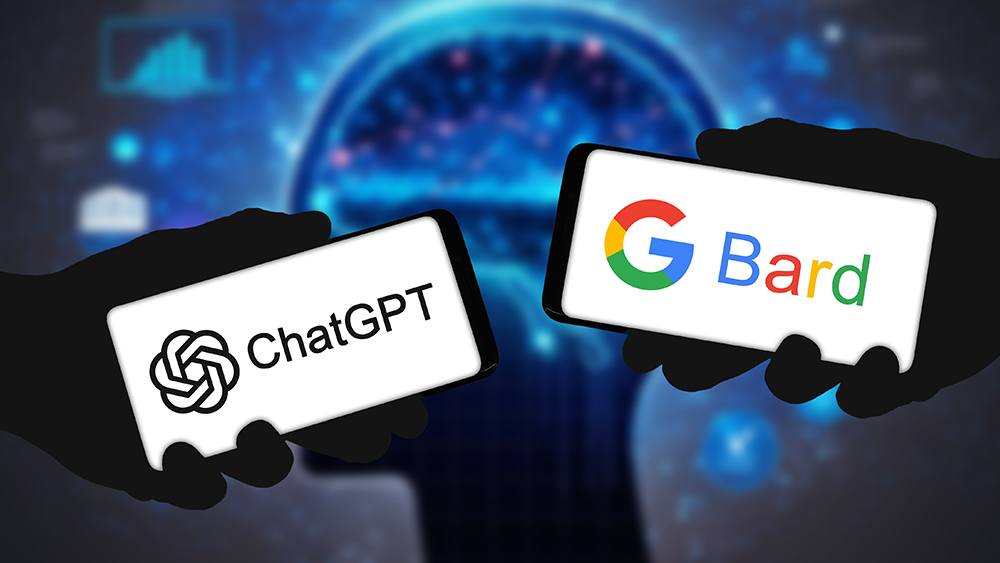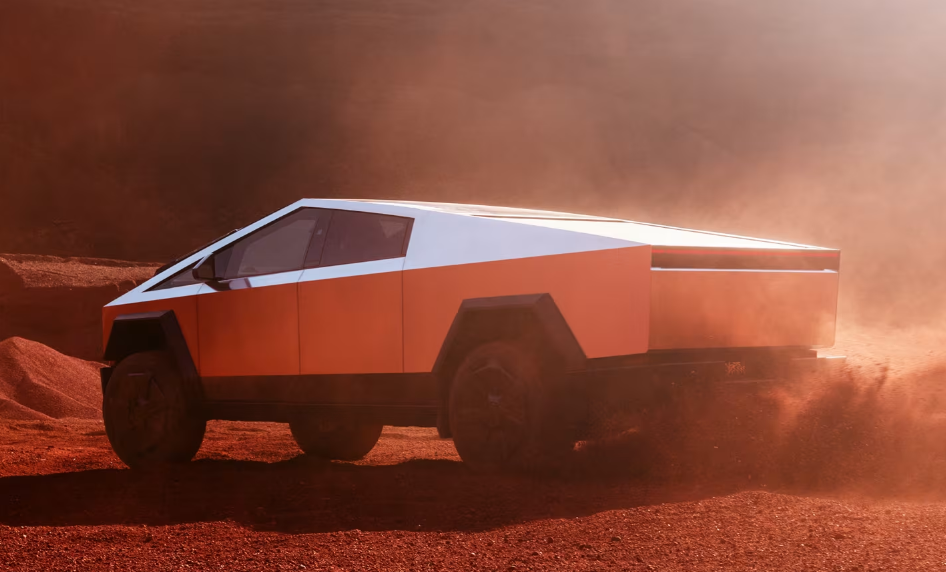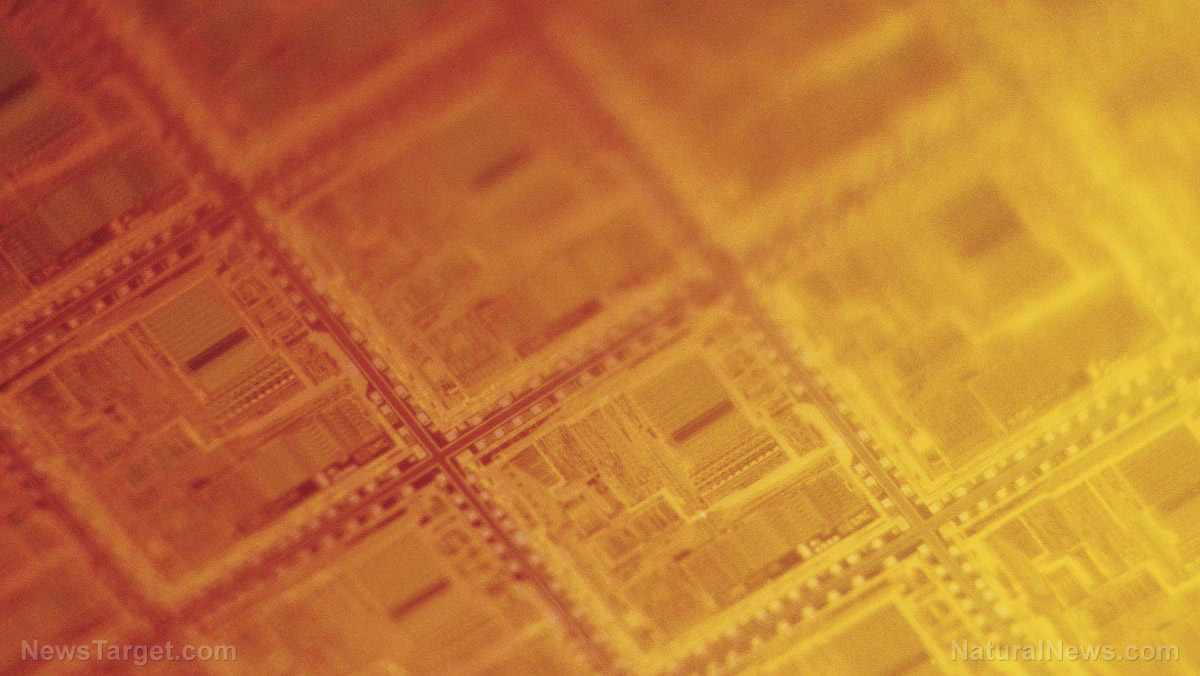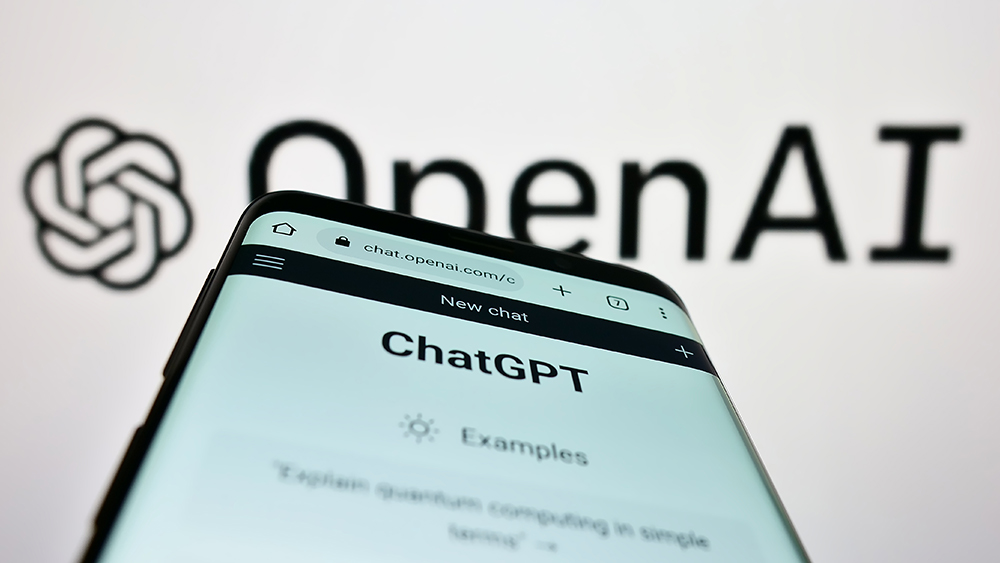Tech startup working on building a robot that uses AI-powered “brain”
04/01/2024 / By Ava Grace

Artificial intelligence and robotics startup Physical Intelligence is working on bringing AI to the physical world through a robot with a brain.
Over the past 15 years or so, AI systems that work entirely in software have grown far more sophisticated than their moving counterparts. Non-AI-powered robots, meanwhile, can easily manufacture anything in factories and clean up after people at home but only carry out a relatively small range of tasks compared to the increasingly general nature of AI-powered chatbots.
In a move to bridge the gap between artificial intelligence and the physical world, Physical Intelligence has emerged with $70 million in seed funding. The company, founded by a team of renowned robotics and AI experts, aims to develop foundation models and learning algorithms that can power a wide range of robots and physically-actuated devices.
The massive investment – from big names including OpenAI and Sequoia Capital – reflects the immense potential the financial world see in Physical Intelligence’s vision to create a universal robot model that can bring AI to the physical world and enable other kinds of robots to perform tasks across various applications. (Related: Tech firms developing and deploying AI that can deceptively MIMIC HUMAN BEHAVIOR.)
Formed this year by a team of robotics and AI experts, the company plans to create software that can add high-level intelligence to a wide variety of robots and machines. Or, as co-founder and Chief Executive Officer Karol Hausman puts it in Physical Intelligence’s first public interview since founding the company: “We aim to bring AI to the physical world with a universal model that can power any robot or any physical device basically for any application.”
Physical Intelligence’s thesis is that the time is right for a new approach to building robotics AI models. The company looks to merge the techniques used to build language models with its own techniques for controlling and instructing machines. The end goal would be to create an AI that works as a type of general-purpose robotics system.
Physical Intelligence among a growing number of startups working on general robotics
Hausman spent the last few years as a scientist working on robotics at Google. His fellow co-founders include Sergey Levine, who has done pioneering robotics work as a professor at the University of California, Berkeley; Chelsea Finn, a professor at Stanford University; Brian Ichter, a former Google research scientist; and Lachy Groom, a former executive at the payments company Stripe and prominent tech investor.
Physical Intelligence wants to develop software that can be applied across many types of robotics. To do this, it has set to work creating its own AI model designed to bring basic human abilities to machines.
“I think it’s really cool what people are building with humanoids,” Groom said. “But what fundamentally makes humans interesting is the brain, not our hardware. We are the ultimate generalists.”
Efforts to improve the software that powers robots have been going on for decades. Notably, a company called Willow Garage, formed in 2006, spent several years trying to build a type of general-purpose software that could be shared across robots and give them a unified set of basic functions. While its software was picked up by several companies and robotics developers, Willow Garage’s work did not lead to a huge leap forward in robotic intelligence, and the company wound down its operations in 2014.
Other companies like Rethink Robotics tried to build systems that could learn to do jobs by copying movements shown to them by humans. Some startups have recently implemented AI that uses repetition to teach robotic arms to pick up objects and perform tasks similar to those done by humans in warehouses.
Other companies have begun building androids designed to mimic human movements. One of these startups, Figure AI, was able to raise $675 million to help it build robots to work in logistics and manufacturing facilities. Notable investors include Jeff Bezos, Microsoft, OpenAI and Nvidia.
Physical Intelligence faces stiff competition from some of these companies, especially Figure AI and electric vehicle giant Tesla. They are also either researching or manufacturing androids and working on general-purpose robotics software.
“Realistically, I think we are going to need a long and very serious research effort to make this happen,” says Levine. “But there are enough signs that the biggest obstacles to use robots in the real world are now solvable.”
Watch this clip from the “Thrive Time Show” about the coming fleets of humanoid robots that are set to replace humanity.
This video is from the Thrive Time Show channel on Brighteon.com.
More related stories:
SMASHING the AI threat matrix – How human resistance defeats Skynet.
Wendy’s and Google replacing employees with AI chatbots.
Big Tech’s AI systems are ERASING entire record of white people from human history.
In five years, nearly HALF of all human skills will be replaced by AI.
AI industry leaders: Mitigating risk of HUMAN EXTINCTION should be No. 1 global priority.
Sources include:
Submit a correction >>
Tagged Under:
AI, AI-powered robots, artificial intelligence, computing, cyborg, future tech, humanoids, inventions, Physical Intelligence, robotics, robots, technology
This article may contain statements that reflect the opinion of the author
RECENT NEWS & ARTICLES
COPYRIGHT © 2017 COMPUTING NEWS
















